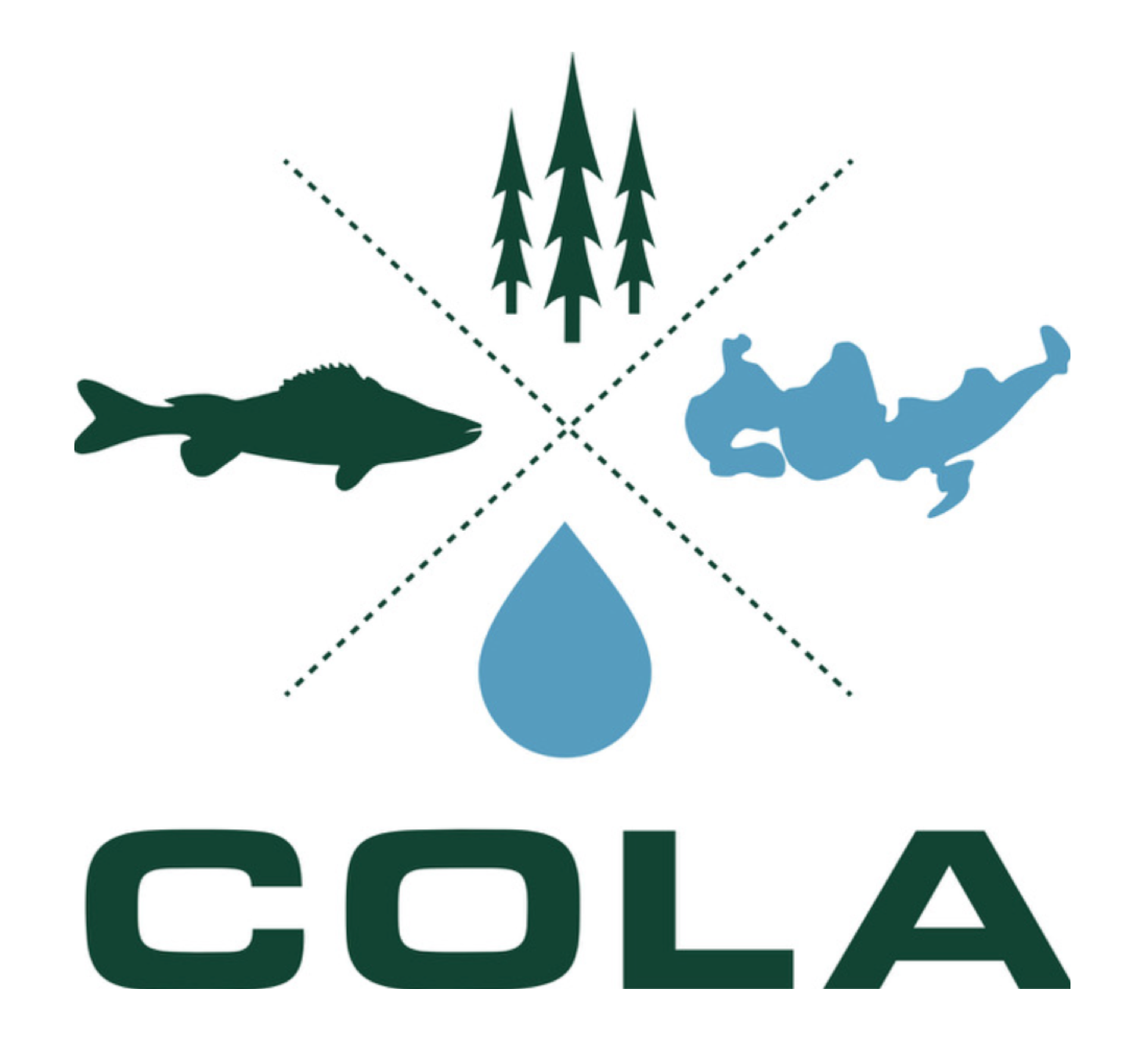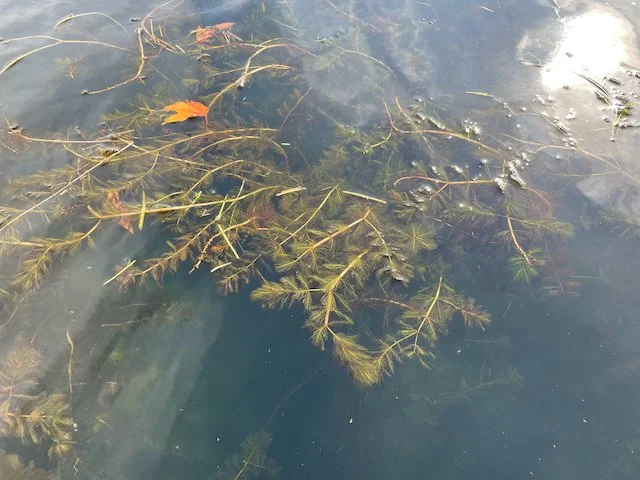Removing Eurasian WaterMilfoil (EWM) around docks, lifts and in shallow parts of your shoreline
Why Remove it?
It is important to manually remove EWM around your docks, lifts and in shallow spots on your shoreline. Manual control of EWM is the only option around docks and near shoreline properties as mechanical harvesting and chemical treatments can not access these areas. Boats and swimmers can spread the EWM because these activities break plants into fragments, which spread and create new outbreaks of EWM along your and your neighbors’ shorelines. You should avoid driving your boat or swimming through EWM. It should be obvious to all that any EWM next to your boat's propeller will probably be ground up and spread widely.
Important Points in the Manual Pulling Process
Make sure you properly identify plants to confirm that you have EWM because EWM can be confused with native watermilfoil. Note that EWM has on each leaf 12-21 leaflet pairs, where as the native has fewer pairs. EWM’s leaves are limp when you remove EWM from the water. In latter season, the stems are more pinkish than northern watermilfoil. If in doubt, report it using the lake observation form on the COLA web site and ask for help with the ID. Keep a specimen if possible. Report all observations whether your are sure of the ID or not.
It is a not good idea to pick native aquatic plants. Native plants protect your shoreline from erosion. They also provide habitat to fish and other aquatic animals. Healthy native vegetation also decreases the chance of algae blooms and improves water clarity. You are allowed to pick ONLY a VERY small quantity of native plants in front of your shoreline, but it is illegal to take large amounts. Again, doing so is a bad idea for the general health of the lake. Additionally, a healthy native plant population prevents invasive plants from gaining a foothold.
As you harvest, make sure you get all EWM fragments, along with roots and leaves, from the water and dispose of them away from the shoreline. Use the fine mesh nets! Have helpers when harvesting to find and remove floating fragments.
Report your AIS discovery harvest/hours spent using COLA observation link on the web site.
Manual Hand Pulling takes work and practice. Start small and at shallow depths. Getting help from someone with a snorkel and mask and a kayak partner is important. Recheck your work after a few weeks and redo as needed. Hand pulling is best, but see video below that things like small rakes can also work also.
The Process of Manual Pulling
WDNR has provided helpful information on manual pulling of EWM, which can be tailored for the scope of your project. A swim mask, proper nets and collection devices are essential tools. Some things like buoys are probably optional. Share your swim masks and fine mesh net or your expertise and time with your neighbors. Email COLA with any questions or concerns.

